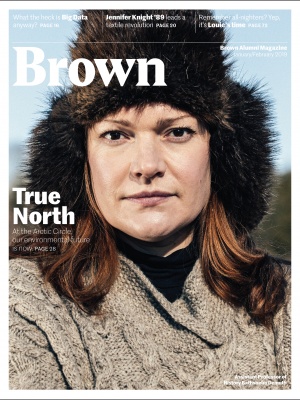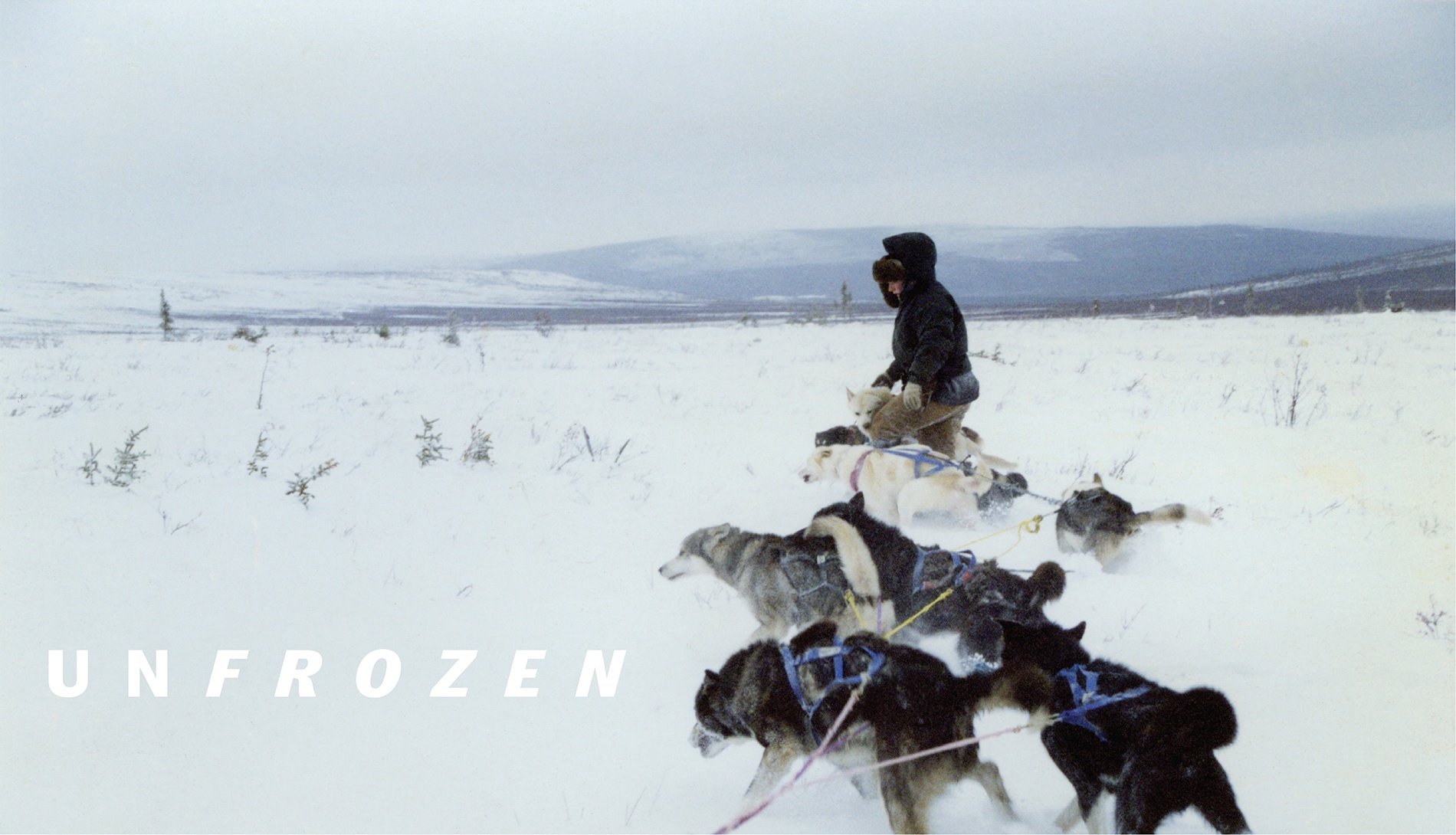
In writing her new environmental history of the changing Arctic, Bathsheba Demuth ’06, ’07 AM, expands on the lessons she learned surviving as a musher in the Yukon.
When Bathsheba Demuth ’06, ’07 AM decided to go for a hike on her first day in Old Crow, Yukon, she didn’t realize it was grizzly bear season. Walking on a trail through dense undergrowth, Demuth soon came across a large paw print filling with water. Looking down, Demuth saw her own tracks begin to submerge. The grizzly lurked just ahead.
“The only reason I walked out of there was because the bear was disinterested,” Demuth recalls. “I had never before spent time in a place where I wasn’t at the top of the food chain.”
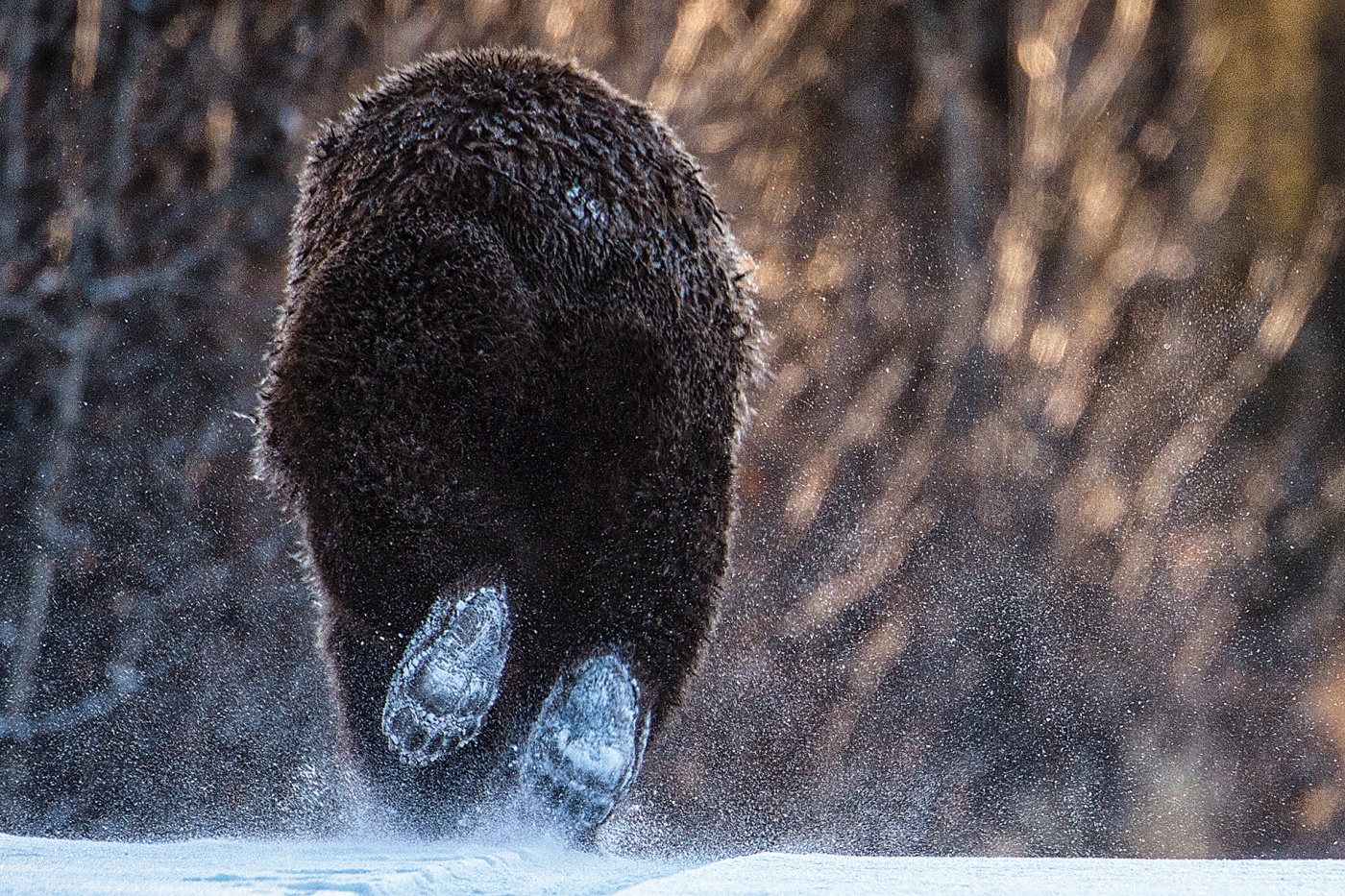
That day, the 18-year-old Demuth discovered living in the Arctic required an acute awareness of her own mortality. Demuth had arrived in Old Crow to spend a few months as part of a gap year in 1999, responding to an obscure ad seeking a sled dog trainer. Growing up homeschooled in Decorah, Iowa, Demuth knew nothing about mushing or the world view of the Gwitchin, the indigenous community populating Old Crow. She initially struggled with her chores slicing chunks of salmon meat, breaking up fights between sled dogs that looked more like wolves than pets, and bracing herself against a cold that killed the careless.
“I was completely useless at all of the daily tasks except maybe brushing my teeth,” Demuth says.
Gwitchin culture discouraged asking questions. Instead, Demuth learned how to survive in the unforgiving environment by observing and listening closely to her host-father, Stanley Njootli, and others in the community. Lesson number one: always carry an extra pair of socks, because when feet get damp in the Arctic, they freeze. Most important, however, was to watch for the signs of the land and the animals around her.
Gradually, Demuth learned how to listen to the lead dog, Sergio, who flattened her ears to indicate she disagreed with Demuth’s instructions while sledding on the trail. Or to feel for the jolt of hard-packed crusted snow under the sled and then stop to protect the dogs’ paws with booties. To become a musher, Demuth had to form a relationship with each dog, understand his or her personality, and figure out the best way to manage it alongside the rest of the team.
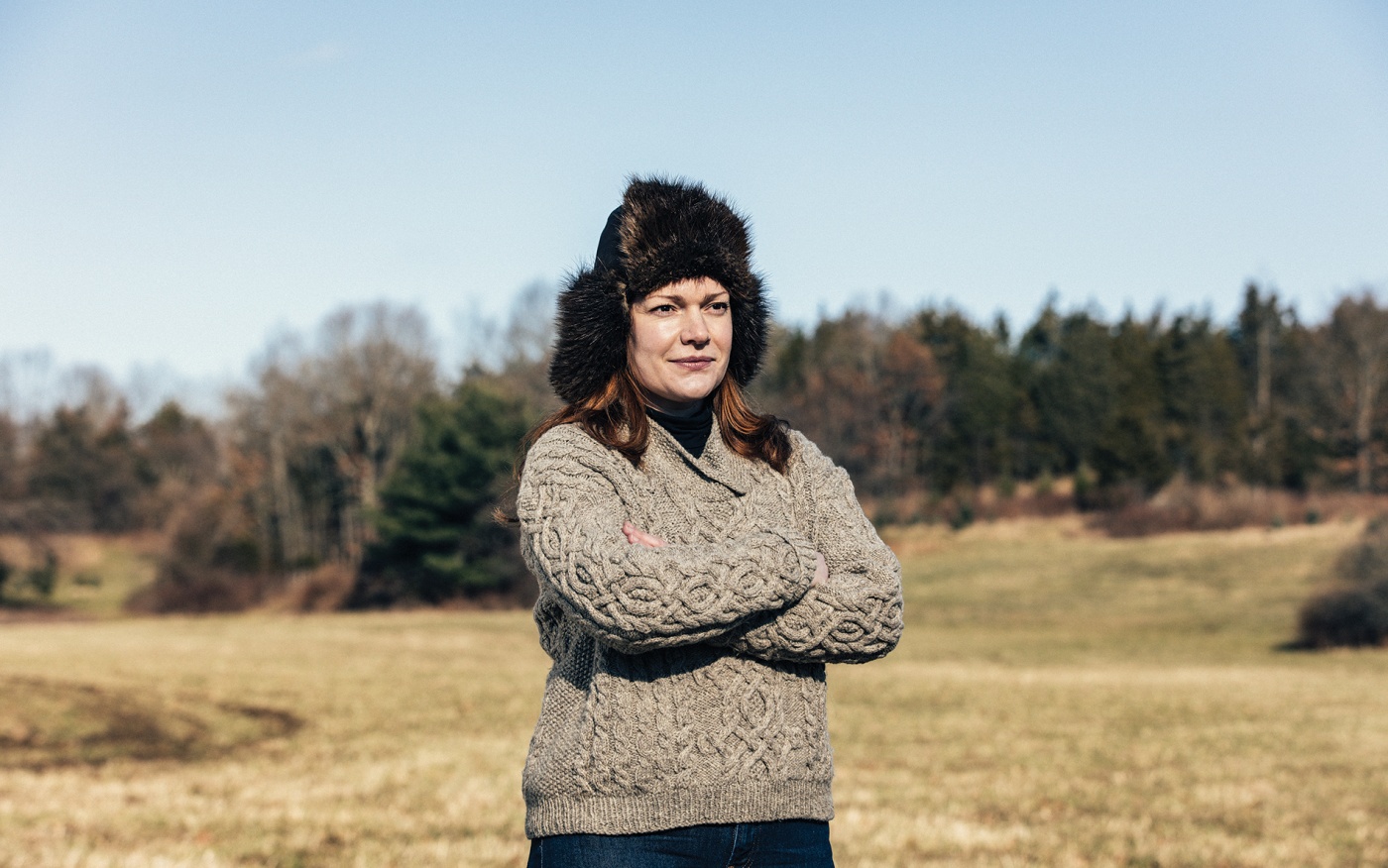
Still, the dogs had minds of their own, and sometimes they ignored Demuth. When a bull moose appeared on the trail one day, the dogs, hoping for a snack, hurtled towards it. Ill-tempered and aggressive, bull moose have been known to trample wolves. This particular moose did not take kindly to the disturbance, charging the crazed dogs and the terrified Demuth.
“Well, this could be it,” thought Demuth, stuck on the sled. Instead, the moose turned away at the last minute and the dogs barked in victory.
Despite these near-death experiences, as the temperature dropped and mushing season progressed, Old Crow started to feel more like home for Demuth. She found herself falling in love with the Arctic: the way the dogs howled in joy when she brought out the harness for mushing, the smokey smell of burning spruce sap from evening fires, and the sense of complete self-reliance she experienced when taking the dogs out on the trail for several days at a time. Demuth decided to extend her stay—for the next two years.
Now an assistant professor in Brown’s history department, Demuth has applied the lessons she learned in Old Crow to produce an innovative approach to environmental writing. Her debut book, The Floating Coast: An Environmental History of the Bering Strait, published by Norton, will be hitting bookstores in August 2019. The product of years of archival research for her doctoral history dissertation, the book focuses on transformations of the land, animals, and people in the Bering Strait over centuries of colonization by the United States and the Soviet Union. In the process, Demuth navigates the history of the whaling industry and the gold rush, and the grand but futile attempts by the two superpowers to cultivate a reindeer farming industry.
Contrary to the notions of its colonizers, the Arctic was not a static, timeless tundra of untarnished nature waiting for humans to transform it. Demuth remains intent on dismantling this still common misconception, illuminating Beringia—the land surrounding the Bering Strait (now Alaska and Siberia)—as a place constantly in flux. Ice fields shift, seasonal temperatures rise and fall, caribou herds expand and contract, whales develop new migratory patterns. All too often, Demuth points out, historical writing fails to acknowledge that it is not simply humans who shape history. Rather, we exist within a dynamic natural world that often finds ways to escape our attempts to impose “progress” upon it.
“What is the nature of history when nature is part of what makes history?” Demuth asks in Floating Coast.
To answer this question, Demuth relies on her own Arctic training to recognize the perspective of the non-human. Indeed, the book opens with a lyrical description of the life of a bowhead whale, a species notorious in the whaling industry for its ability to evade capture. In their journals, sailors often lamented the trauma of killing beings who appeared to be so affectionate toward each other, noting the way mothers played with their calves and pods mourned their murdered members.
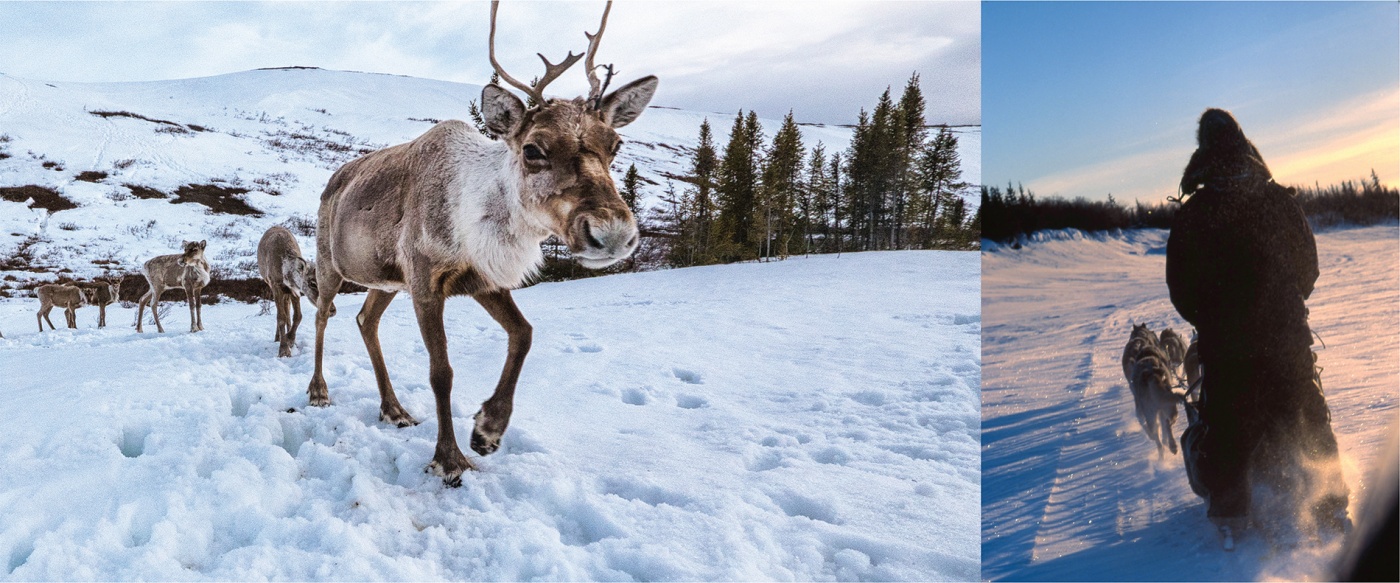
“I think the ways in which stories are told and what kind of beings are the central characters really does matter to how people imagine the worlds that they live in,” Demuth says. So she wanted to help readers envision a world “in which things that aren’t people are really important characters and are not just acted upon.”
Demuth also explores the way in which indigenous communities such as the Iñupiaq incorporated the agency of whales into their politics and culture to practice sustainability and create a more just society. In Iñupiaq culture, whales were seen to give themselves by choice to those who demonstrated their moral worth by feeding the old and poor and respecting the life of the whale through ceremonial care.
“You live here by not offending the beings that make your life possible,” Demuth writes. “To live here is to be very clear on the debts of the flesh.”
Along with traditional archival sources to develop her vision of the Arctic, Demuth also relies on “ecological knowledge”—the lived experience and observations of communities deeply embedded for generations within the landscape. There is a tendency for indigenous knowledge to be written off as antiquated and esoteric; Demuth makes an effort to counter this belief.
“I place the Iñupiaq view of whales alongside the Marxist one and say these are both intellectual traditions of value in understanding the world and setting up politics,” Demuth explains. The Iñupiaq view, she argues, remains “a really vital and present way of understanding the world.”
Most at stake in Floating Coast are the conflicting visions of time projected onto the Arctic by capitalism and communism. American capitalism tried to compartmentalize time into profit cycles by converting whales into dollars and gallons of oil. On the other hand, the Soviets sought to speed up time and overcome nature through hyper efficiency. Utopian Soviet scientists refused to acknowledge the “carrying capacity” of an environment—the maximum amount of species a landscape could support.
“True socialist production was an escape from biology, from the cyclic rules of birth and death,” Demuth writes. The Soviet economic model would “eclipse all limits on life.”
Out of sync with the cultural realities and ecosystem cycles of Beringia, the two foremost economic ideologies of the 20th century nevertheless imposed their views on a landscape that ultimately refused to conform to their demands. Perhaps nowhere in the book does this become more apparent than in the failures of capitalism and communism to harness reindeer for their own purposes.
In the 1920s, the Bureau of Indian Affairs hoped to provide the local Iñupiaq people with a “self-sustaining economy” that would generate a reindeer-meat industry for the rest of the U.S. In doing so it attempted to privatize and commercialize collectively managed Iñupiaq herds in Alaska, while preserving what the Bureau considered to be a “tradition” for the Iñupiaq (it wasn’t) by banning white people from raising reindeer.
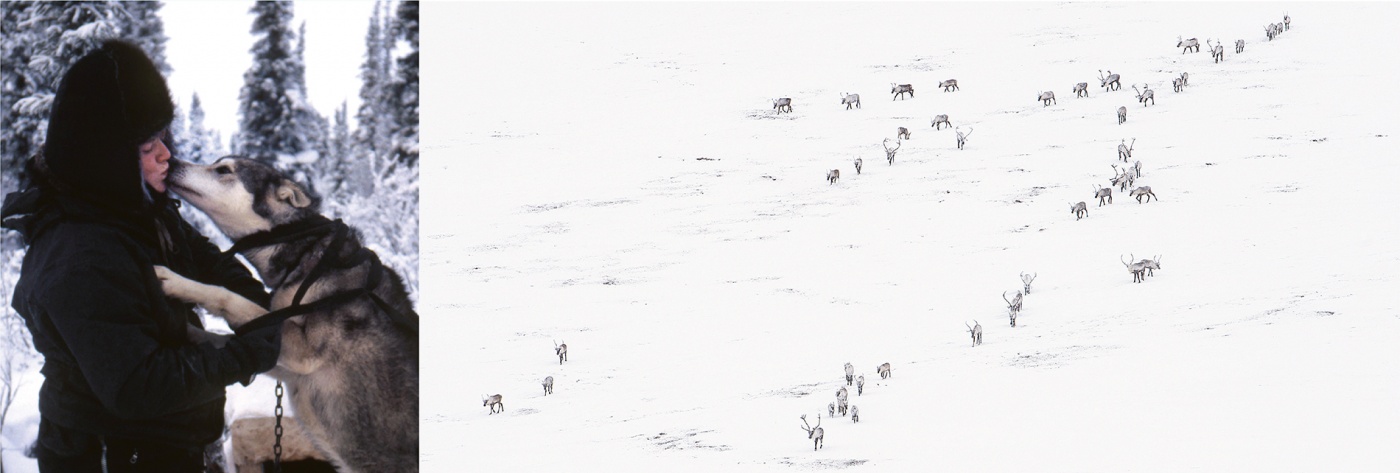
Meanwhile, across the Bering Strait in Siberia, the Soviet Union wanted to make the privately owned herds of the Chukchi people collectivized. Soviet scientists—embedded for months in indigenous villages to glean their pastoral strategies—concluded that the optimal way to raise reindeer was in massive herds to maximize output.
“On the ideal tundra, people made history by separating themselves from nature,” Demuth writes. “Only people were supposed to change, for the better.”
Yet neither nation had anticipated the amount of change built in to the natural ecosystem. Populations of caribou (the undomesticated version of reindeer) fluctuate wildly in response to seasonal changes in temperature, resulting in an extremely unstable industry. Reindeer frequently escape their herds in large numbers, becoming renegades amidst caribou. Wolves can decimate the reindeer population. And when the wolves were killed off by state-sponsored hunting, the reindeer herds overgrazed and faced starvation. Finally, indigenous communities like the Iñupiaq and Chukchi resisted the forced assimilation—and destruction of their way of life—that reindeer farming required.
The reindeer industry failed to take hold, though not without scarring the land and its people.
The arctic continues to change, as it always has. Yet the coming changes appear greater, more destabilizing, than ever before—at least in recorded human history. The ice in the Arctic is melting. Temperatures now rise above freezing in the winter. These transformations affect all of us, Demuth notes, for sea ice is key to our climate stability.
And this is why, as Demuth writes Floating Coast, she is writing not simply a book of natural history, but also a guide to moving forward as we confront the catastrophic possibilities of human-induced climate change.
“The past here shows no comfortable separation between what happens to beings and places and what happens to people,” Demuth writes. “The idea of complete emancipation from nature and its limits has proved vain in Beringia’s past, as did human control of its future.”
We may not be in full control, Demuth continues, but we can still decide what we value and how we choose to interact with the natural world. The paradox of living in the Arctic, Demuth explains, is that for humans to be alive, something must always be dying to sustain them. What matters is the reach of our consumption and the scale of the destruction we visit upon the landscape.
Perhaps the first step to changing the way we relate to our environment is to see it as Demuth did when she stared at the grizzly paw print before her, suddenly recognizing her precarious and contingent existence within a world so much bigger than herself.

